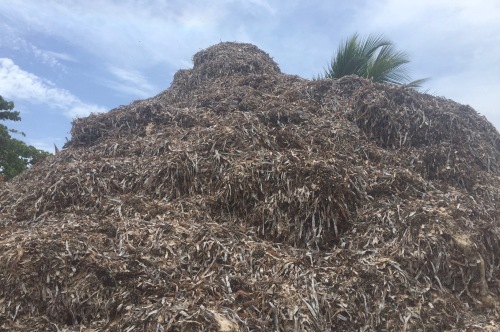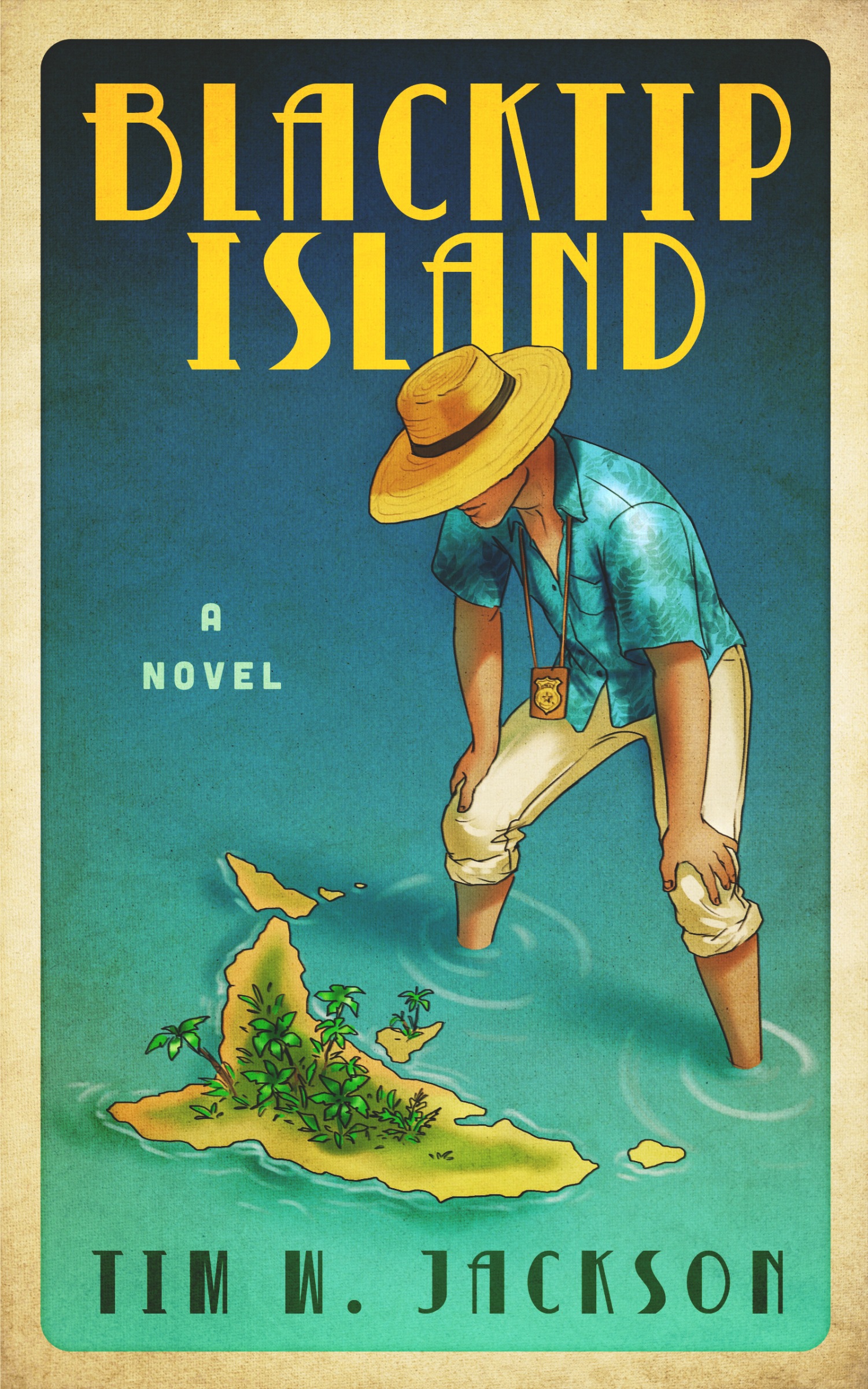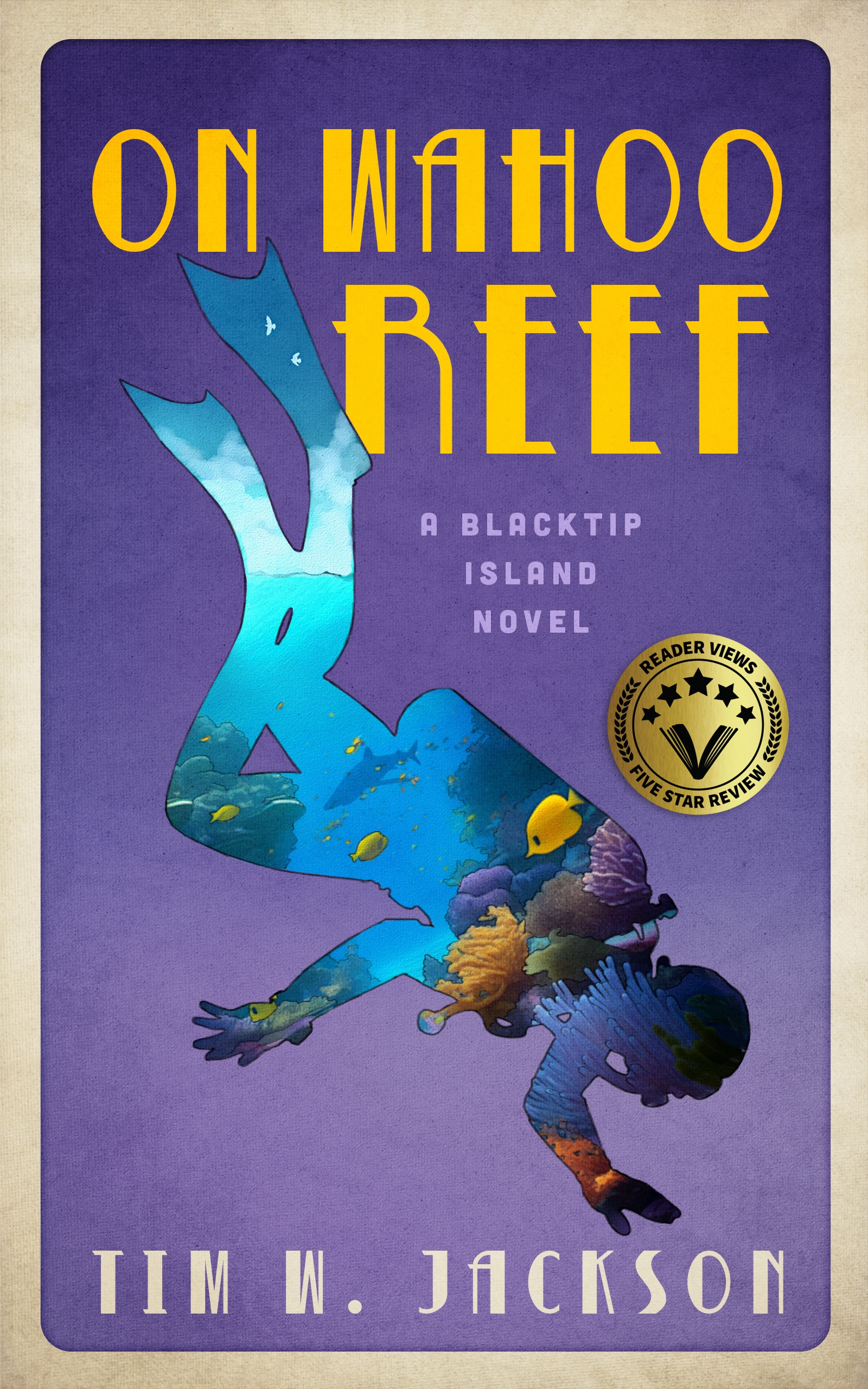
Sargassum seaweed has covered Blacktip Island’s beaches in recent months, causing many tourists to cut short or cancel their visits. A group of local scientists are testing their ‘Dr. Port’s Sargasstic Super Scooper’ seaweed collector off the island’s west coast in hopes it will alleviate the problem. (photo courtesy of Jonathan Wilkins)
A Blacktip Island civic group has deployed a giant seaweed vacuum device off the Caribbean island’s west coast in an attempt to control the mounds of sargassum seaweed washing up on beaches upwind of the island’s resorts.
“The sea’s choked with sargassum these days,” Blacktip Island Chamber of Commerce president Jay Valve said. “The beaches’re knee-high in rotting seaweed. Tourists can’t get to the water, and the stench’ll gag a maggot.
“It’s so thick in the water it’s even clogging seawater intakes on dive boats,” Valve said. “Blacktip Haven’s Sea Monkey blew an engine overheating from the stuff.”
The device’s inventors have dubbed it the Dr. Port’s Sargasstic Super Scooper.
“It’s basically a smaller version of that machines that’s skimming plastic from the Great Pacific Garbage Patch, just modified for seaweed,” Tiperon University-Blacktip engineering chair Sally Port said. “Giant, floating booms go out 50 feet on either side and funnel the sargassum into a central processing chamber.
“We tweaked the basic design with parts scrounged at the dump,” Port said. “Its heart and soul are a couple of scooter engines, a refrigerator compressor and the drum from a big washing machine. It grinds the seaweed into micro pellets, combines them with salt pulled from the seawater to make them negatively buoyant and shoots them back out into the ocean.”
Island environmentalists worry the Scooper will create more problems than it solves.
“That’s literally tons of detritus they’re releasing into the sea,” Blacktip Island Greenpeace spokesperson Harry Pickett said. “If even a fraction of that settles on the reefs, it could smother the coral and wipe out the underwater ecosystem.
“As stinky as the rotting seaweed is, that’s better for the island and its economy than dead reefs,” Pickett said. “This island lives or dies with the scuba industry. No coral reefs, we’re screwed.”
Scientistss say that worry is unfounded.
“The preliminary models we ran showed the macerated vegetative matter should actually nourish the coral,” marine biology professor Ernesto Mojarra said. “In theory, it should make the reefs healthier than ever.
“Now, all that particulate matter will kill the visibility. No denying that,” Mojarra said. “But the models suggest the increased nutrient levels will attract manta rays, so, long term, Blacktip should benefit from even more scuba-diving guests.”
Island officials say they hope to expand the program soon.
“We’ve deployed the Scooper on a slow sweep upwind of all the resorts to maximize its effect,” island mayor Jack Cobia said. “That protects Blacktip’s major population centers, but it’s short term.
“The next step is to extend the gizmo’s booms far enough to protect the whole west coast,” Cobia said. “If it works well, we plan to export the things, too. Ideally, this could save the entire Caribbean tourism industry.”





